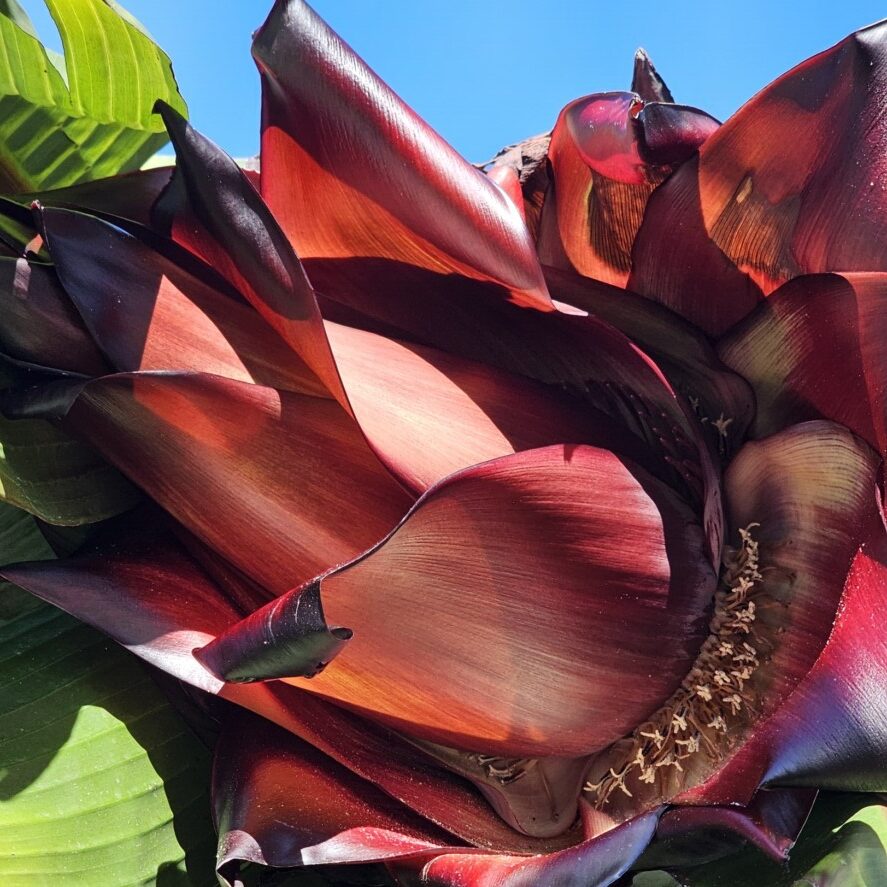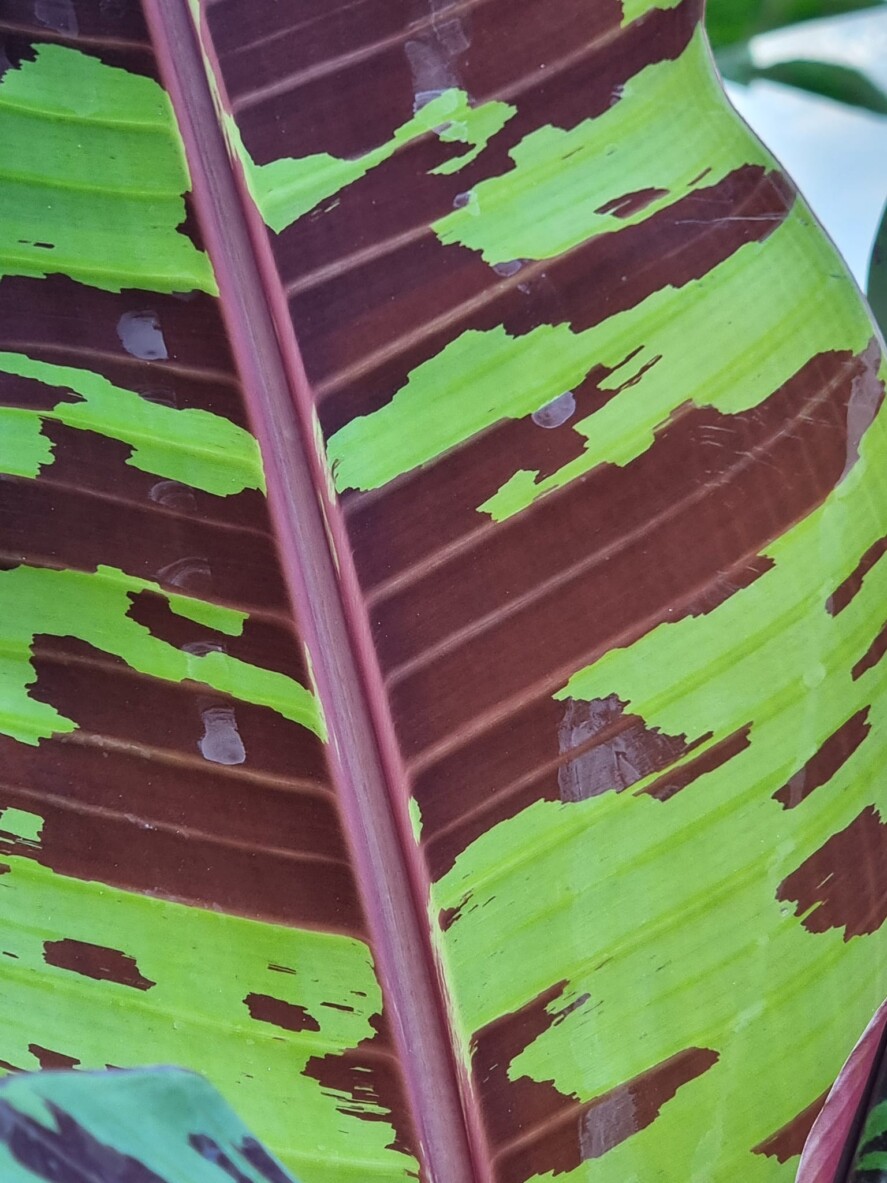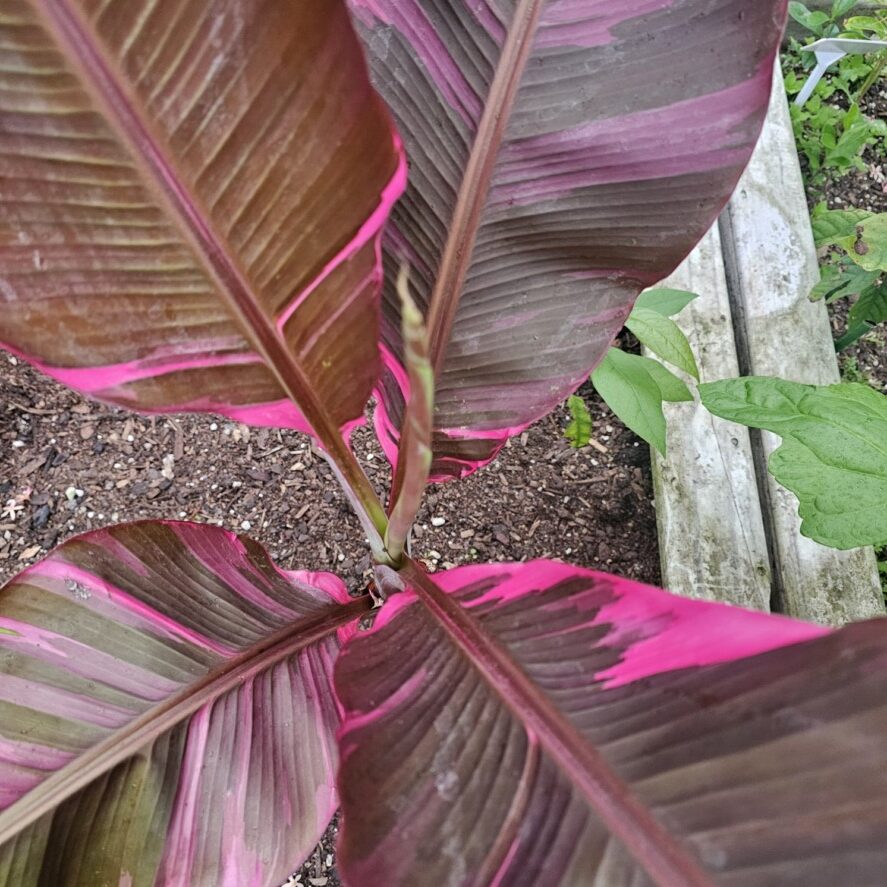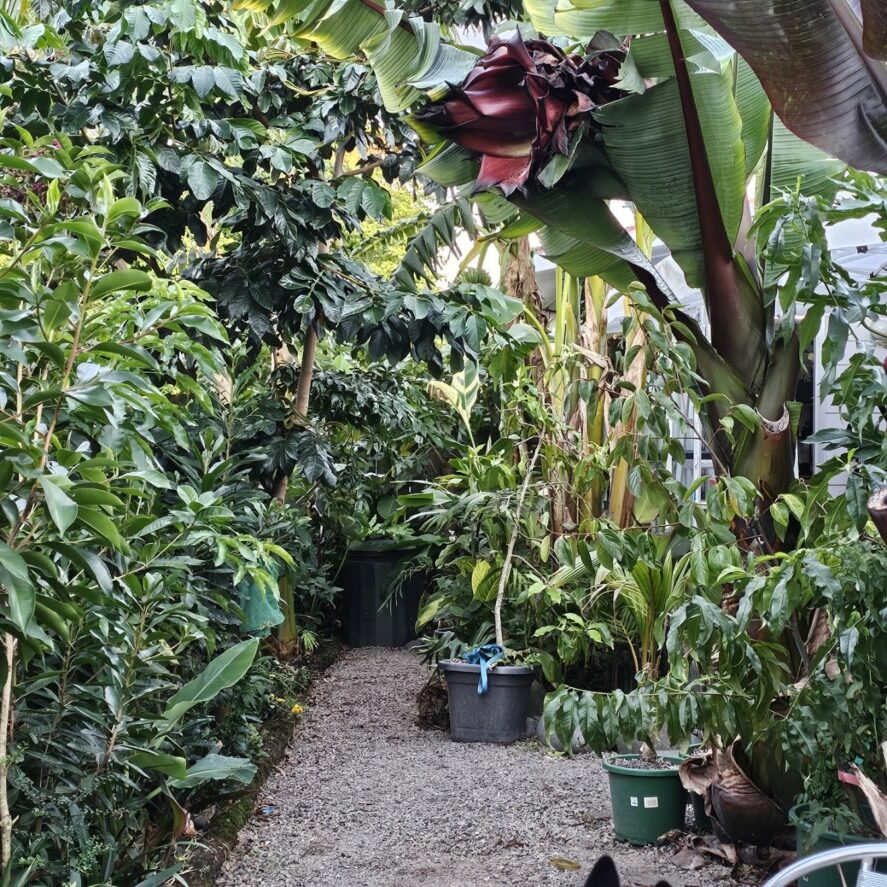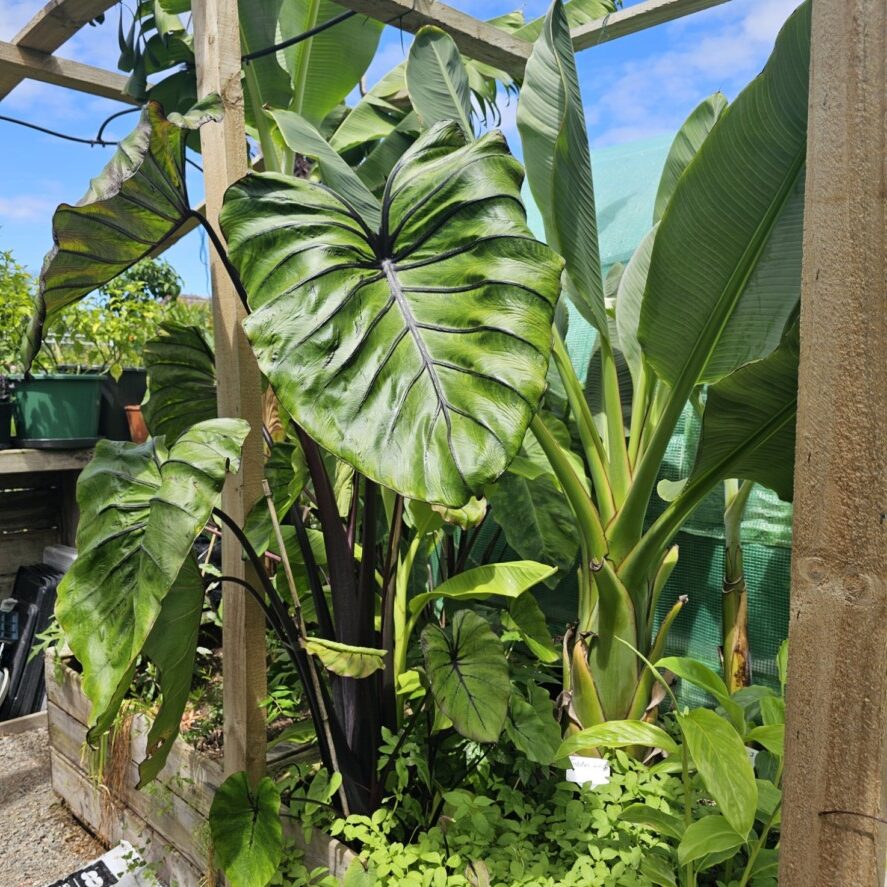Aeschynanthus Parvifolium ‘Lipstick Plant’
You may be looking for a vibrant, low-maintenance houseplant, and Aeschynanthus Parvifolium, commonly known as the Lipstick Plant, is an excellent choice. This tropical beauty features cascading vines with glossy green foliage and striking tubular red flowers that resemble a tube of lipstick. Native to Southeast Asia, it thrives in warm, humid conditions and makes a fantastic hanging plant. With the right care, including bright, indirect light and moderate watering, your Lipstick Plant will reward you with stunning blooms throughout the year. Explore how to grow and care for this stunning plant to enhance your indoor garden.
Growing Indoors
To successfully grow Aeschynanthus Parvifolium indoors, you need to provide the right balance of light, temperature, watering, and humidity. This tropical plant thrives in warm, humid conditions similar to its native habitat. With proper care, it will reward you with cascading foliage and occasional bright, tube-shaped flowers. Place it in the right spot, keep the soil consistently moist but not soggy, and maintain adequate humidity to support healthy growth. Regular monitoring of its growing conditions ensures a vibrant and flourishing plant.
Light and Temperature Requirements
Indoors, Aeschynanthus Parvifolium thrives in bright, indirect light and a stable temperature range. Providing consistent conditions will keep your plant healthy and promote blooming.
| Light | Temperature |
|---|---|
| Bright, indirect light is ideal; avoid direct sunlight, which may scorch leaves. | Prefers temperatures between 65-80°F (18-27°C); avoid sudden temperature changes. |
| Can tolerate lower light, but may produce fewer flowers. | Protect from cold drafts and keep away from heating vents. |
Watering and Humidity Needs
Needs consistently moist soil, but overwatering can lead to root rot. Allow the top inch of soil to dry out before watering again. The plant prefers a humid environment, making it suitable for bathrooms or kitchens where moisture levels are naturally higher. If your home has dry air, you may need to increase humidity around your plant.
Even in ideal growing conditions, Aeschynanthus Parvifolium benefits from additional humidity. Using a pebble tray with water, misting the plant occasionally, or placing it near a humidifier can prevent leaf curling and browning. During the growing season, water more frequently, but reduce watering slightly in winter when growth slows. Ensuring proper drainage will help maintain healthy roots and prevent excess moisture from accumulating in the soil.
Growing Outdoors in Tunnel or Greenhouse
The Aeschynanthus Parvifolium, or Lipstick Plant, thrives when grown in a controlled outdoor environment like a tunnel or greenhouse. These structures provide the warmth and humidity necessary for healthy growth while protecting the plant from harsh weather conditions. By creating an optimal microclimate, you can enjoy year-round lush foliage and vibrant blooms. Proper ventilation, consistent moisture, and filtered light will ensure the plant remains in peak condition. Whether using a greenhouse or a plastic tunnel, maintaining the right balance of temperature and humidity is key to successfully cultivating your Lipstick Plant outdoors.
Ideal Conditions and Setup
With the right setup, your Lipstick Plant will flourish in a tunnel or greenhouse. Ideally, maintain temperatures between 65-80°F (18-27°C) and ensure humidity stays above 50%. Position the plant in bright, indirect sunlight to prevent leaf scorch while promoting healthy growth. Use a well-draining, peat-based potting mix to prevent root rot and enhance moisture retention. Avoid overcrowding by spacing plants adequately to improve air circulation. Consider using a humidity tray or misting the plant to sustain moisture levels. A structured watering routine, combined with periodic feeding using a balanced liquid fertilizer, will support vigorous foliage and abundant blooms.
Common Challenges and Solutions
On occasion, you may face issues such as excessive humidity, fungal diseases, or pest infestations in your greenhouse or tunnel. If humidity levels become too high, increase airflow with fans or ventilation openings to reduce the risk of mold and mildew. Pest problems like aphids or spider mites can be addressed with insecticidal soap or neem oil. Inadequate lighting may cause leggy growth, so ensure your plant gets enough indirect sunlight. Overwatering can lead to root rot, so allow the soil to partially dry between waterings while ensuring proper drainage.
This environment can also attract common greenhouse pests such as mealybugs and scale insects, which can weaken your plant if left untreated. Regularly inspecting the leaves and stems will help you catch infestations early. If fungal diseases appear due to high humidity, applying a fungicide and improving air movement can help protect your plant. By keeping the growing area clean and monitoring conditions closely, you can prevent most issues from becoming severe, ensuring your Lipstick Plant continues to thrive in its greenhouse or tunnel setup.
Growing Outdoors in NZ as Understory in Garden
One advantage of growing Aeschynanthus parvifolium outdoors in New Zealand is its ability to thrive as an understory plant, benefiting from filtered light and sheltered conditions. This plant naturally flourishes under taller trees or shrubs, where protection from direct harsh sun and strong winds helps maintain its lush foliage. Moderate temperatures and consistent humidity levels create an ideal environment. With proper placement and care, your Lipstick Plant can become a striking addition, cascading gracefully and adding texture to shaded areas of your garden.
Selecting the Right Location
One important factor when choosing a location for Aeschynanthus parvifolium is ensuring it receives dappled light rather than full sun. A position beneath trees or large shrubs provides the necessary shade and protection from drying winds. Too much sun can scorch the leaves, while too little light may reduce blooming. A sheltered spot near a fence or wall can also work well, offering additional warmth and stability. By selecting the right environment, you create the best conditions for healthy growth and vibrant flowering.
Soil and Nutrient Considerations
For best results, plant Aeschynanthus parvifolium in rich, well-draining soil that retains moisture without becoming waterlogged. A mix of organic matter, such as compost or leaf mould, helps maintain the necessary nutrients while improving the soil structure. A slightly acidic to neutral pH range supports healthy root development. Occasional feeding with a balanced liquid fertilizer encourages strong growth and enhances flowering. Ensuring good drainage prevents root rot and promotes long-term plant health.
This plant benefits greatly from soil that mimics its natural growing environment—light, aerated, and rich in organic material. You can improve your garden soil by adding compost, coconut coir, or fine bark to enhance drainage while retaining the right amount of moisture. A slow-release organic fertilizer applied during the growing season gives steady nutrients without overwhelming the plant. Mulching around the base helps conserve moisture and suppress competing weeds, creating a stable environment for healthy roots and continuous growth.
Propagation Methods
Once again, propagating Aeschynanthus Parvifolium, or Lipstick Plant, is a rewarding way to expand your collection or share with fellow plant enthusiasts. The most effective method for propagation is through stem cuttings, as they root quickly and establish well. With the right care and conditions, you can successfully grow new plants from cuttings, ensuring they remain healthy and vigorous. Providing the ideal environment, including warmth and humidity, will significantly improve your propagation success rate. Whether rooting in water or soil, maintaining consistency is key to encouraging strong root development and vibrant growth.
Stem Cuttings
Any healthy stem with at least two to three leaf nodes can be used to propagate your Lipstick Plant. Using a clean, sharp pair of scissors or pruning shears, take a cutting around four to six inches long. Remove the lower leaves to expose the nodes, as this is where roots will emerge. Allowing the cut end to dry slightly for a few hours before placing it in water or soil helps prevent rot. Providing warmth and moderate brightness will speed up the rooting process, giving your new plants a strong start.
Best Practices for Rooting
Cuttings root best in a humid environment with consistent moisture and indirect light. If using water, change it every few days to keep it fresh and prevent bacterial growth. For soil propagation, use well-draining potting mix and keep it slightly damp but not soggy. Placing a humidity dome or plastic cover over the cuttings can improve moisture levels and encourage faster root development. Once roots reach about one to two inches in length, you can transfer the cutting to a permanent pot.
In addition, providing bottom heat with a seedling mat can speed up root formation, especially in cooler conditions. If propagating in soil, dipping the cut end in rooting hormone before planting can enhance success rates. Keep the rooting environment warm, ideally between 65-75°F, to promote steady growth. While patience is necessary, monitoring the progress and ensuring healthy conditions will give your cuttings the best chance to thrive. Regularly misting them also helps maintain the necessary humidity without overwatering.
Common Pests and Diseases
Now, your Aeschynanthus Parvifolium ‘Lipstick Plant’ can sometimes encounter common pests like aphids, spider mites, and mealybugs. These pests often thrive in dry conditions and can weaken the plant by feeding on its sap. Fungal diseases such as root rot and leaf spot can also arise due to excess moisture and poor air circulation. Keeping a close eye on the plant’s health will help you spot these issues early and take action before they spread.
Identifying and Treating Issues
Diseases like root rot usually develop when the soil stays too wet, causing leaves to yellow and stems to soften. Fungal infections may also lead to black or brown spots on the foliage. If pests are present, you might notice webbing, sticky residue, or tiny insects on the leaves. Treat infestations by wiping the leaves with insecticidal soap or neem oil, and remove infected areas to prevent further damage. To address fungal problems, improve air circulation and allow the soil to dry before watering again.
Prevention Strategies
With proper care, you can minimize the risk of pests and diseases affecting your lipstick plant. Ensure it gets sufficient air circulation and avoid overwatering, as excess moisture creates an ideal environment for fungal growth. Regularly inspect the leaves and stems for signs of pests and remove any affected areas immediately. Keeping the plant in a stable environment with consistent humidity levels can also help prevent stress-related problems.
A well-maintained watering schedule and appropriate drainage are key to keeping your plant healthy. Using a well-draining potting mix and a container with drainage holes helps prevent water from sitting at the roots. Wiping the leaves occasionally with a damp cloth removes dust and discourages pests from settling in. By maintaining a stable environment and promptly addressing any signs of trouble, you can ensure that your Aeschynanthus Parvifolium thrives and remains pest- and disease-free.
Care and Maintenance
All Aeschynanthus Parvifolium ‘Lipstick Plant’ needs to thrive is the right balance of warmth, humidity, and light. Place it in bright, indirect sunlight and keep the soil evenly moist but not soggy. Allow the top inch of soil to dry between waterings to prevent overwatering. This plant enjoys higher humidity, so occasional misting or a nearby humidifier can be beneficial. A well-draining potting mix helps prevent root rot, while regular dusting of the leaves keeps them healthy and vibrant. With proper attention, your Lipstick Plant will reward you with trailing vines and stunning blooms.
Pruning and Training
With routine pruning, you can encourage fuller growth and maintain the shape of your Lipstick Plant. Trim leggy or unhealthy stems using clean, sharp scissors to promote bushier foliage. Removing spent flowers also helps redirect energy toward healthy growth. If you’d like to train your plant, you can gently wrap or secure the vines around a trellis or let them cascade naturally. Regular maintenance prevents an untidy look and keeps your plant thriving. Pruning in early spring, before new growth appears, ensures the best results.
Fertilizing and Repotting
On a consistent feeding schedule, your Lipstick Plant will grow more vigorously and produce vibrant blooms. Use a balanced liquid fertilizer diluted to half strength every two to four weeks during the growing season. Repotting every two to three years in spring helps refresh the soil and provides additional space for root development. Choose a slightly larger pot with good drainage to prevent water retention issues. If the plant becomes root-bound, repotting will encourage healthier growth and better flowering.
At repotting time, gently remove the plant from its container and shake off excess soil to examine the roots. Trim any damaged or overly long roots before transferring the plant to fresh, well-draining soil. If your plant is thriving in its current pot, you can simply replace the top layer of soil to refresh nutrients without disturbing the roots. After repotting, water lightly to help the plant adjust to its new environment. Proper fertilization and timely repotting will keep your Lipstick Plant flourishing for years to come.
Conclusion
With these considerations in mind, you can successfully grow and maintain Aeschynanthus Parvifolium, or the Lipstick Plant, in your home. Providing the right balance of bright, indirect light, consistent moisture, and proper humidity will encourage lush growth and vibrant blooms. Regular pruning and occasional fertilization help keep your plant healthy and thriving. As a low-maintenance yet visually striking houseplant, the Lipstick Plant makes an excellent choice for both beginners and experienced growers. By following these care guidelines, you can enjoy its cascading foliage and unique flowers for years to come.

